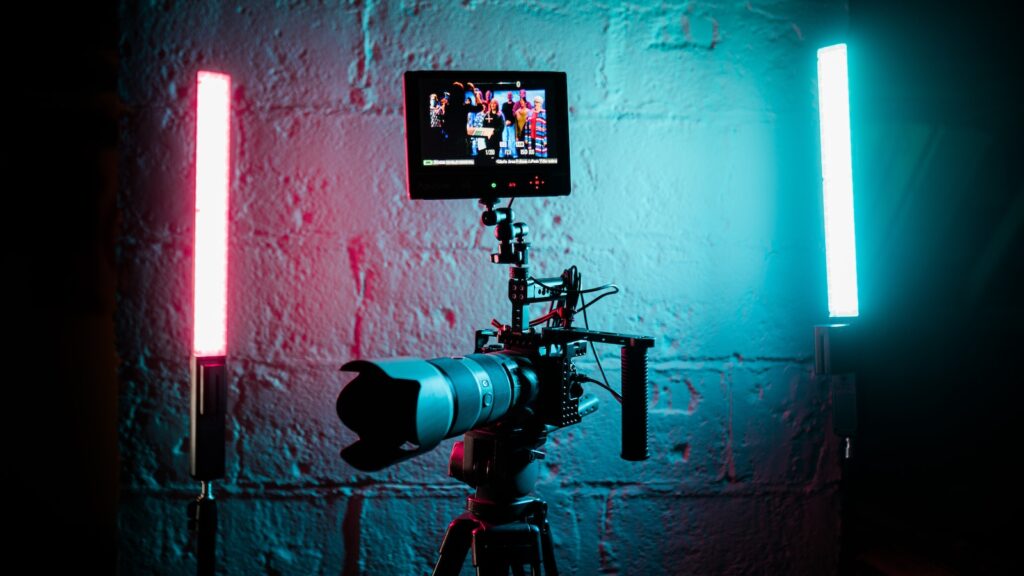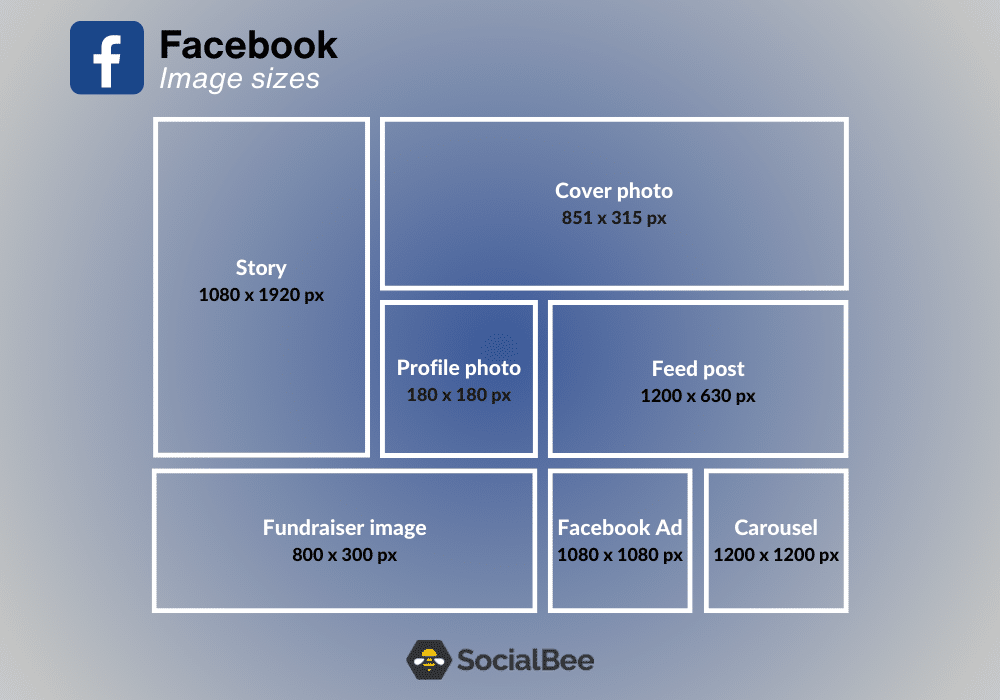In an era where every scroll, click, and swipe is dominated by dynamic and engaging content, video advertising stands out as the frontrunner in capturing audience attention and driving impactful marketing messages. This medium has transformed dramatically, evolving from simple TV commercials to sophisticated digital campaigns that leverage the latest technology and consumer insights to deliver results. With its ability to convey emotions, narratives, and information in an incredibly effective manner, video advertising has become an essential tool in every marketer’s arsenal.
As we dive into “The Ultimate Guide to Mastering Video Advertising,” we’ll explore the full spectrum of what makes video advertising so powerful and pervasive in today’s digital-dominated world. From understanding its evolution and various types to learning how to craft compelling content and measure its success, this guide is designed to provide you with the knowledge and skills needed to leverage video advertising effectively. Whether you’re a business owner looking to promote your product, a marketer aiming to enhance your campaign’s performance, or simply curious about the ins and outs of this dynamic field, this guide has something for everyone.
Ready to unlock the full potential of video advertising and transform your digital marketing strategy? Let’s get started on this journey of discovery and mastery!
Understanding Video Advertising

The Evolution of Video Advertising
Video advertising has undergone a remarkable transformation, evolving from the traditional TV spots beloved in the 20th century to the sophisticated, targeted digital content we interact with today. In the early days, video ads were a one-size-fits-all solution, broadcasted to a general audience with limited segmentation or personalization. As technology advanced, so did the possibilities for advertisers. The advent of cable TV introduced niche marketing, allowing ads to reach specific demographics. However, it was the rise of the internet and digital technology that revolutionized the video advertising landscape.
The digital era ushered in an age of unprecedented customization and targeting. Platforms like YouTube and social media channels became the new norm for content consumption, each offering unique opportunities and challenges for video advertisers. The introduction of interactive and programmatic advertising allowed businesses to target audiences more precisely than ever before, with ads tailored to individual preferences, behaviors, and demographics. Today, video advertising is not just about reaching a wide audience but about connecting with the right individuals at the right time, making every view count.
The current trend is a blend of personalization, interactivity, and cross-platform presence, ensuring that video ads are not only seen but are also engaging and relevant to those who watch them. As we continue to navigate the ever-changing landscape of digital media, the evolution of video advertising promises even more innovative and effective ways to capture audience attention and deliver compelling marketing messages.
Types of Video Advertising
As video advertising has evolved, so too have the types and formats of ads that marketers can utilize to reach their audience. Each type offers unique advantages and can be used in different contexts to achieve various marketing objectives. Understanding these can help you craft the right strategy for your campaign. Here are the primary types of video advertising prevalent in the digital realm:
- Linear Video Ads: These are the traditional form of video ads that play before (pre-roll), during (mid-roll), or after (post-roll) the streaming content. They are similar in concept to TV commercials and are commonly found on platforms like YouTube and other video streaming services. The viewer must watch the ad to continue viewing the main content, making them highly visible but sometimes intrusive.
- Non-linear Video Ads: Non-linear video ads allow viewers to continue watching the main content with the ad playing simultaneously, usually in a smaller window or as an overlay. These ads are less disruptive and offer viewers more control, as they can often choose to close the ad or interact with it to learn more about the product or service.

- Companion Ads: These accompany the main video content, often as banners or small clickable thumbnails alongside or above the video. While they don’t interrupt the viewing experience, they are persistent and visible, providing an opportunity for brand exposure and interaction.
- Interactive Ads: A step up in engagement, interactive ads invite the viewer to participate in some way, from simple click-throughs to complex narrative choices. They can be highly effective in driving engagement and can include features like surveys, quizzes, or shop-now options embedded within the video.
- Shoppable Video Ads: These are transforming how viewers interact with ads by allowing them to purchase products directly from the video ad itself. Viewers can click on products they are interested in and be taken directly to a page where they can make a purchase, significantly shortening the sales funnel.
- 360-degree Video Ads: Offering a more immersive experience, 360-degree videos allow viewers to interact with the video content by giving them a panoramic view. Users can tilt and move their devices or use their mouse to explore the video’s environment, making these ads particularly engaging and memorable.
Each type of video ad offers unique advantages and can be used to achieve specific goals, whether it’s brand awareness, engagement, or direct sales. The key is to match the ad type with your campaign objectives and the preferences of your target audience.
Crafting Compelling Video Content
Creating compelling video content is at the heart of successful video advertising. It’s not just about selling a product or service; it’s about telling a story that resonates with your audience, evokes emotions, and drives engagement. Here’s how you can craft video content that stands out and captures the attention of your viewers:
Key Elements of Successful Video Ads

- Strong Narrative: Every effective video ad tells a story. Whether it’s a heartfelt narrative, a funny skit, or a dramatic demonstration, the story is what keeps viewers engaged. It should be relatable and convey a clear message that aligns with your brand values and marketing goals.
- Emotional Appeal: Emotions drive action. Whether you’re aiming to inspire, excite, amuse, or provoke thought, tapping into the viewer’s emotions can make your ad memorable and more likely to be shared. Consider what emotion fits your brand and message and how you can evoke it through visuals, music, and storytelling.
- Clear Call-to-Action (CTA): Ultimately, you want your video ad to drive a specific action, whether it’s visiting a website, making a purchase, or learning more about a product. A clear and compelling CTA is crucial. It should be easy to understand and act upon, ideally placed at a strategic point in your video.
- High-Quality Production: While the content of your video is crucial, so is the quality. High-quality visuals and audio make your brand appear more professional and trustworthy. This doesn’t necessarily mean you need a big budget; focus on clear, stable footage, good lighting, and professional editing.
- Brand Integration: Your brand should be seamlessly integrated into the video in a way that feels natural and not forced. Whether it’s through the use of logos, brand colors, or product placement, the viewer should come away with a strong sense of your brand’s identity.
Technical Aspects of Video Production
- Scripting: Every good video starts with a solid script. It should outline not only the dialogue or narration but also the visual elements, transitions, and any graphics or text overlays. A well-planned script ensures that your video is cohesive and effectively conveys your message.
- Shooting: Consider the composition, lighting, and audio quality during the shooting phase. Even if you’re shooting on a smartphone, techniques like using a tripod, filming in well-lit areas, and using an external microphone can significantly improve the quality of your video.
- Editing: Editing is where your video truly comes together. It’s not just about cutting and splicing; it’s about pacing, adding effects, text, and transitions, and ensuring the overall flow of the video supports your message. Good editing can turn a simple video into a compelling story.
- Formatting for Platforms: Each platform has its own requirements and best practices, from aspect ratio to maximum length. Make sure your video is optimized for each platform you plan to use, whether it’s vertical video for Instagram stories or shorter clips for Twitter.
By focusing on these elements of content creation and technical production, you can craft video ads that are not only visually appealing but also strategically aligned with your marketing goals. With compelling content, you can engage your audience, convey your message, and drive the desired action.
Maximizing Reach with Digital Video Advertising
To ensure your video advertising efforts are as effective as possible, it’s crucial to understand how to maximize reach and engagement across various digital platforms. This involves targeting the right audience, optimizing for different platforms, and continuously refining your strategy based on performance analytics. Let’s dive into how you can amplify your video advertising impact:
Targeting and Personalization in Video Advertising
- Understanding Your Audience: Start by defining who your ideal audience is. Consider demographics, interests, behaviors, and where they are most likely to engage with video content. The more you know about your audience, the better you can tailor your video ads to their preferences and behaviors.
- Utilizing Targeting Options: Most digital platforms offer advanced targeting options, allowing you to reach specific segments of your audience based on factors like age, location, interests, and more. Use these tools to ensure your video ads are being seen by people most likely to be interested in your product or service.
- Personalization: Personalization can significantly increase the effectiveness of your video ads. This might involve creating different versions of your ad for different audience segments or dynamically changing the content based on viewer data. The key is to make each viewer feel like the ad speaks directly to them and their needs.
Optimizing for Different Platforms

- Understanding Platform Specifics: Each platform has its own set of rules and best practices for video ads. What works on YouTube might not work on Facebook or TikTok. Understand the norms and user behavior on each platform and customize your content accordingly.
- Creating Platform-Specific Content: Consider creating different versions of your video ads for different platforms. This might involve changing the length, format, or even the content of the video to better suit the platform’s environment and audience preferences.
- Testing and Learning: Use A/B testing and other experimental approaches to see what works best on each platform. Try different variations of your video ads to determine which ones perform the best in terms of engagement, click-through rates, and conversions.
By targeting your audience effectively and optimizing your content for different platforms, you can significantly increase the reach and impact of your video advertising campaigns. But the work doesn’t stop there. Measuring success and using analytics to refine your approach is crucial for ongoing improvement and success in video advertising.
See also: Ultimate video sales letter guide
Measuring Success in Video Advertising
Understanding how to measure and analyze the success of your video advertising campaigns is crucial for refining your strategies and achieving better results over time. By setting clear goals and monitoring key performance indicators (KPIs), you can gain valuable insights into what’s working and what needs adjustment. Here’s how to approach measuring success and leveraging analytics in video advertising:
Key Performance Indicators (KPIs) for Video Advertising
- View Count: This is the most basic measure of your video’s reach. It indicates how many times your video has been viewed, but it’s important to look at this in the context of other metrics to understand its true impact.
- Engagement Rate: This includes metrics like watch time, likes, shares, and comments. A high engagement rate indicates that viewers are not only watching your video but are also interacting with it, suggesting that the content is resonating with them.
- Click-Through Rate (CTR): CTR measures how often people who view your ad end up clicking on it. A high CTR means that your video is effectively encouraging viewers to take the next step in the customer journey, whether it’s learning more about a product or making a purchase.
- Conversion Rate: Ultimately, the goal of most video ads is to drive conversions. This could mean different things depending on your objectives, such as making a purchase, signing up for a newsletter, or downloading an app. Measuring the conversion rate helps you understand how effectively your video is driving these desired actions.
- Cost Per Click (CPC) or Cost Per View (CPV): Understanding the cost-effectiveness of your video ad is crucial, especially when working with a limited budget. CPC and CPV help you measure how much you’re spending for each interaction, allowing you to optimize for cost efficiency.
Leveraging Analytics for Improvement
- Regular Monitoring: Set up a schedule for regularly checking your video analytics. This allows you to catch trends, understand viewer behavior, and make timely adjustments to your strategy.
- Comparative Analysis: Compare the performance of different video ads to see what content, formats, lengths, or calls to action are most effective. Look for patterns that can inform future video campaigns.
- Understanding Viewer Behavior: Dive deep into analytics to understand how viewers are interacting with your video. Are they watching to the end? At what point do they tend to drop off? This information can help you fine-tune the pacing and content of your videos.
- Testing and Experimentation: Use the insights from your analytics to test different approaches. Try varying your video content, format, or distribution strategy and measure how these changes affect your KPIs.
By closely monitoring and analyzing the performance of your video ads, you can continuously refine your approach, improve your content, and ultimately, achieve better results. It’s a process of ongoing improvement that involves testing, learning, and adapting to the ever-changing preferences and behaviors of your audience.
Conclusion
Throughout this guide, we’ve journeyed through the multifaceted world of video advertising, uncovering the strategies, techniques, and insights necessary to master this powerful marketing tool. From understanding the evolution and various types of video ads to crafting compelling content and optimizing for maximum reach, we’ve covered the essential aspects you need to know to elevate your video advertising efforts.
The key to success in video advertising lies in continuously adapting to the ever-changing digital landscape, understanding your audience deeply, and crafting stories that resonate and engage. By focusing on creating high-quality, targeted content and leveraging data to refine your strategies, you can capture the attention of your audience, drive meaningful engagement, and achieve your marketing objectives.
Remember, mastering video advertising is a journey that involves constant learning and adaptation. Stay curious, stay innovative, and always be ready to embrace new trends and technologies that can enhance your campaigns.

